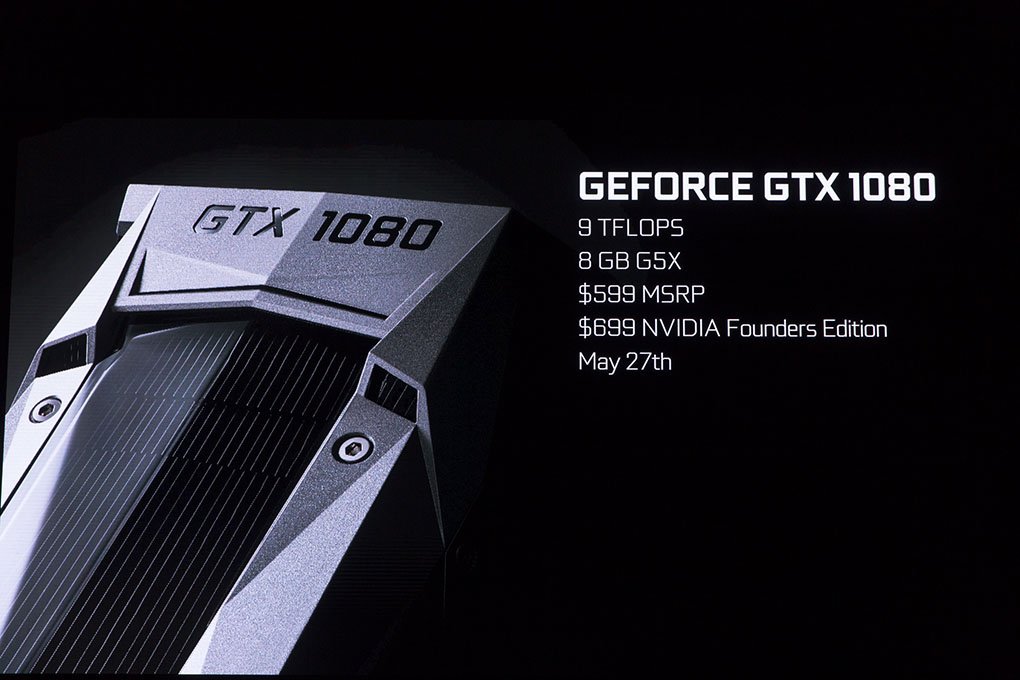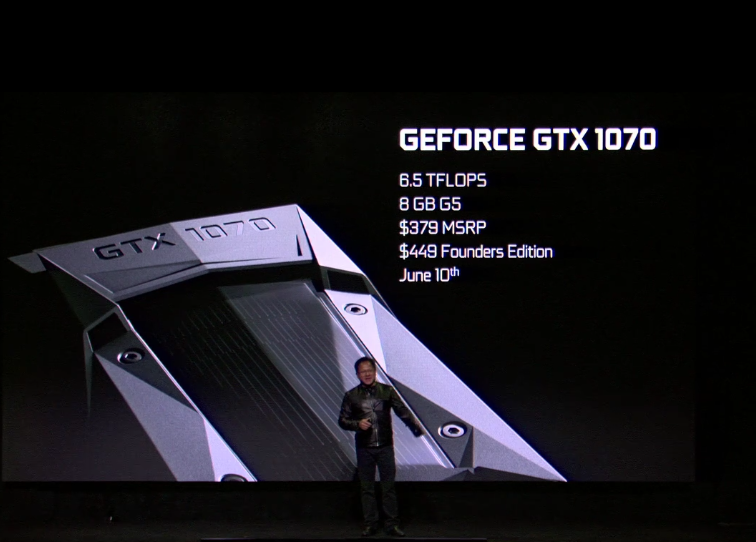Not too long ago, I wrote an article that talked about waiting for “the next best thing” and why you really shouldn’t get yourself trapped in that mentality. As it turns out, Nvidia may have created the exception to that rule.
The concept for the article was fueled by the arguments I had been witnessing online suggesting that buying a GTX 980 Ti in the last couple months was a silly endeavor. My take on that thought was that that waiting for “the next best thing” is a silly endeavor in itself. If you get caught up in that rabbit hole, you’ll always be waiting, and never enjoying. My caveat to that rule is that if you know there’s something that is about to launch, not months down the pipeline, then it would in fact be worth waiting.
Well, Nvidia launched its new graphics card lineup, the GeForce GTX 1080 and GTX 1070, on Friday, and wouldn’t you know it, they proved me wrong in a big way. When I wrote the precursor to this article, we really didn’t know when Nvidia would be launching the next generation GPU. We knew it would be soon-ish, but there was a window of a few months that it could have been. My take was, why prevent yourself from enjoying the games you love now, when you don’t even know when the new cards are coming? Well, it turns out the answer to that question is: money left in the bank.
Just this past Thursday, a factory overclocked GTX 980 Ti was the fastest GPU you could get your hands on. The card comes with an astronomical price tag, but with equal levels of performance. There’s no question, these were the graphics performance kings for the last year, but now their time has passed. Nvidia said that even the GTX 1070 will outperform the GTX 980 Ti (a card with a price tag more than twice as much). The GTX 1080 is supposed to outperform two GTX 980s (not TI) in SLI, and Nvidia declared it provides twice as much performance in VR as a Titan X. And it too, undercuts the price of a GTX 980 Ti.
Suffice to say, Nvidia has made everything between a GTX 960 and a Titan X completely, and utterly, pointless. Not to mention, AMD will be left scrambling. It likely doesn’t have much wiggle room to lower the price of it’s current lineup to compete. The R9 390, which smacked the GTX 970 around like a bully on the playground, is a trickle down product from more than a generation before. These are big, expensive chips to produce at this point, and AMD’s next generation GPUs won’t land until later this summer. The company isn’t exactly rolling in cash that it can throw away right now. And it would have to cut the prices considerably.
Consider this: The GTX 980 Ti launched in May of 2016 with a price tag of $650 USD. Nvidia also lowered the price of entry for a GTX 980 to $500 USD (from $550) at that time. AMD managed to stay somewhat relevant taking the 200 series cards, adding some bits and bobs and dropping them all down a price tier. AMD probably can’t afford to sell Fury cards with HBM memory at GTX 970 prices, but that’s what it will have to do if it wants to sell anything between now and its new Polaris GPUs drop.
Nvidia set the prices incredibly aggressively. The GTX 1080 will come in at $599 USD for the standard version, and it’s offering a Founders Edition with higher overclocking potential for $699 USD. The GTX 1070, which still outperforms the $1000 Titan X, is coming in at a ridiculous $379. And both of these cards are just a few weeks away. The GTX 1080 drops on May 27, and the GTX 1070 will be available on June 10.
Things just got a little crazy in the graphics world. No one expected this.
Kevin Carbotte is Senior Editor, Hardware for AYBOnline.com. He knows a little about a lot, and a lot about a little. The opinions in his columns are his and his alone, but you are free to have them.




